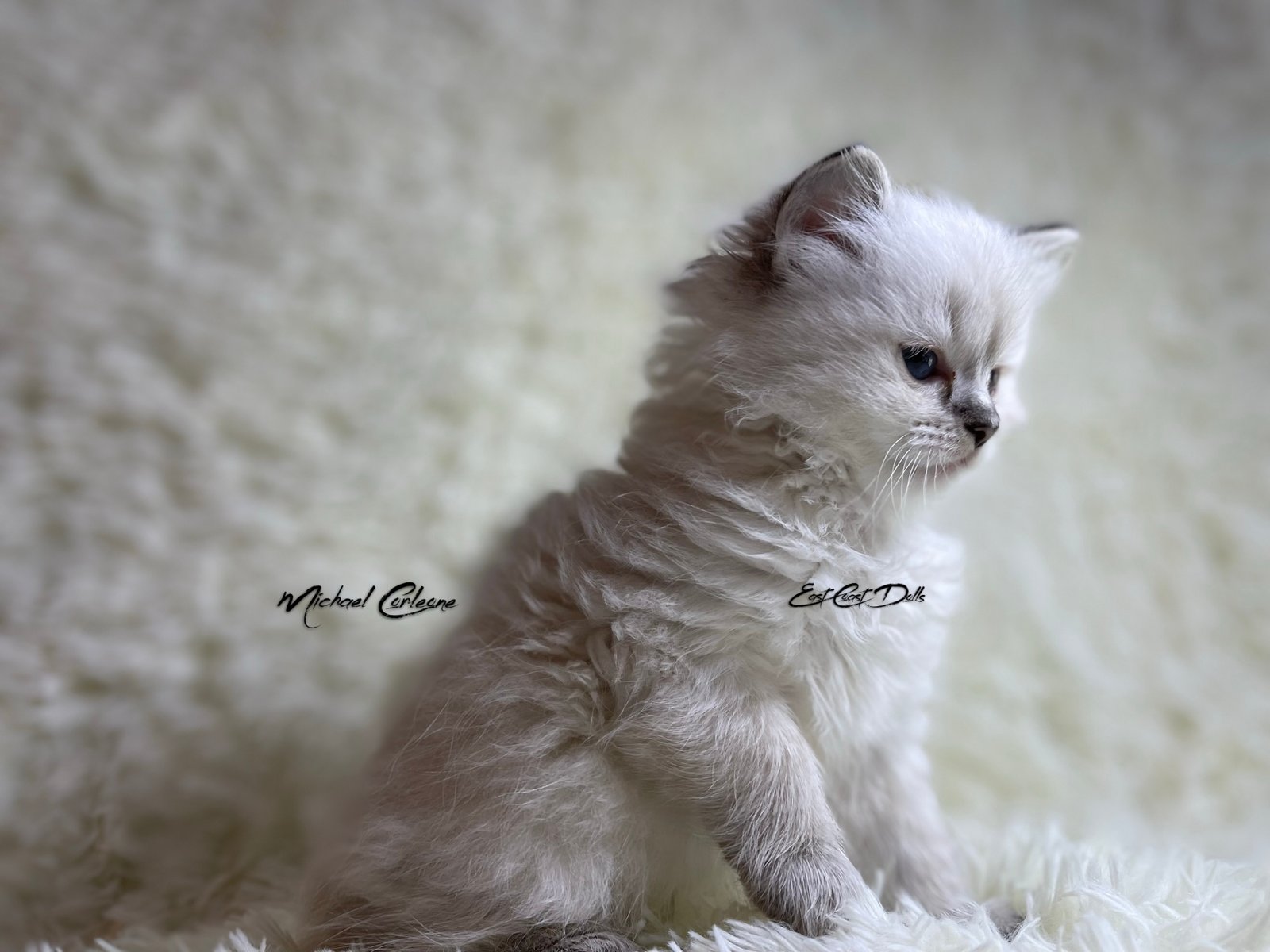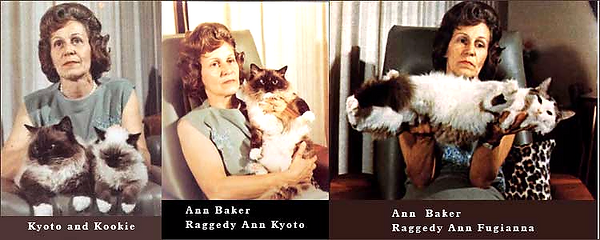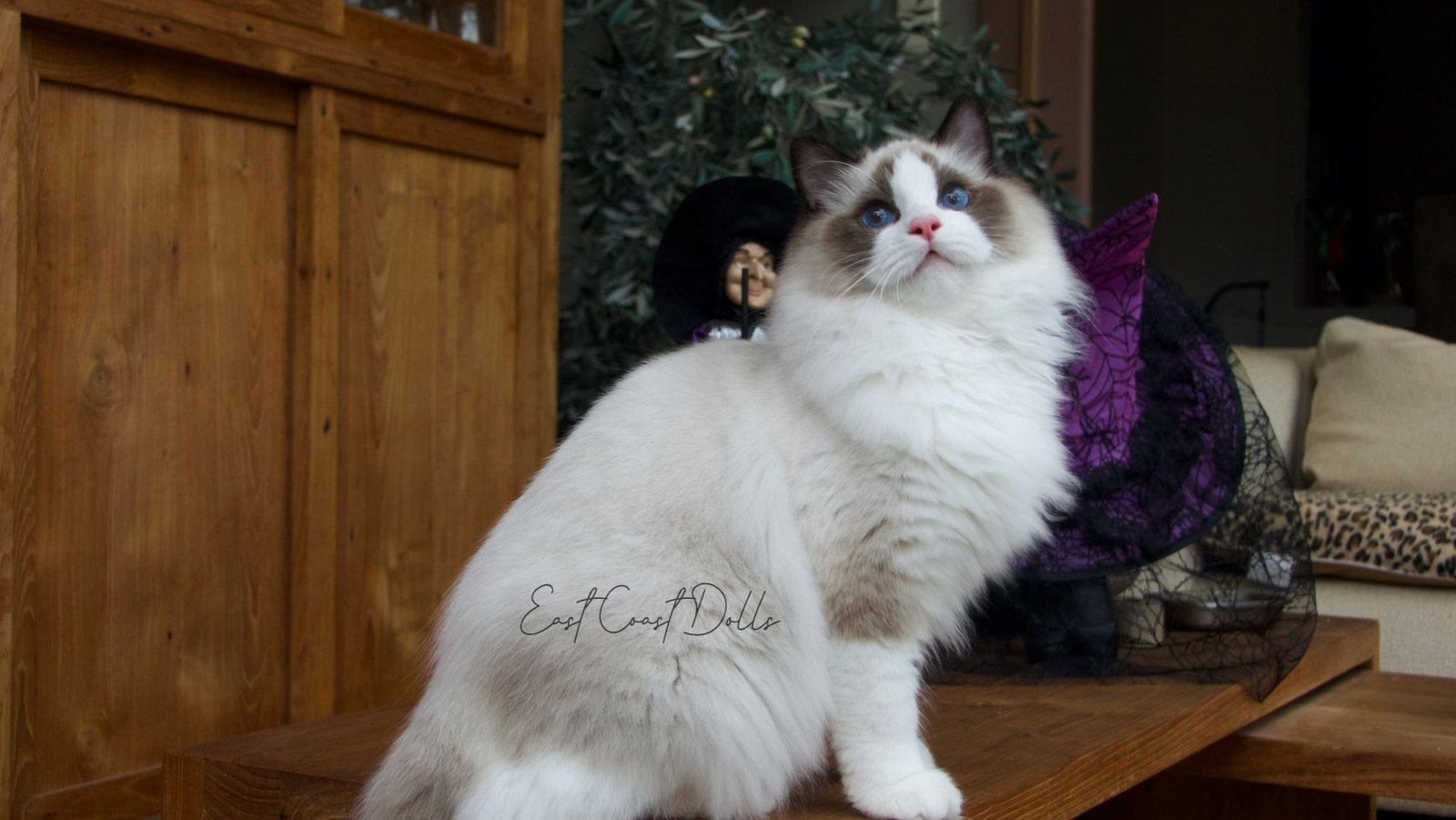Ragdoll History, Traits, and TICA Standards
Introduction:
The Ragdoll cat, a breed celebrated for its large size, captivating blue eyes, and gentle disposition, has quickly become a popular choice for cat lovers worldwide. In this comprehensive guide, we will delve into the history of the Ragdoll cat, explore the breed standards set forth by The International Cat Association (TICA), and discuss the general description and personality traits that make them such a sought-after companion for pet owners.
General Description:
The Ragdoll is a large, affectionate, semi-longhaired cat with mesmerizing blue eyes. As one of the largest breeds in the cat fancy, Ragdolls get along well with children and other pets, including dogs. They often live up to their name, as they can be found carried around the house in a child’s arms. These sturdy cats have no extreme features and blend seamlessly into the busy modern household.

History:
Ann Baker of Riverside, California developed the Ragdoll breed in the early 1960s. A pure white longhaired cat named Josephine is believed to be the matriarch of the breed, along with a seal mitted male named Daddy Warbucks and a solid black cat named Blackie. Daddy Warbucks was bred to Josephine’s daughter, Buckwheat, and her half-sister, Fugianna. These cats formed the foundation of the Ragdoll breed.
Ann insisted Josephine’s genes were altered at a nearby medical center where she was taken after being hit by a car. Litters born after her return from the hospital had the limp, loving personalities Ragdolls are known for, unlike her “normal” kittens born prior to her hospitalization. Baker’s breeding program initially consisted of a handful of breeders contracted as franchises under her. Over time, Baker became more eccentric, leading breeders to break away from her to continue developing highly affectionate and consistently patterned cats. Denny & Laura Dayton were among these breeders and played a significant role in legitimizing the Ragdoll as a breed recognized by all major registries.

Ragdoll Personality:
The Ragdoll is a relaxed, happy cat that, like a child’s ragdoll, will often go limp in your arms and flop like a stuffed doll when cuddled. Generally, the Ragdoll cat is a loving, quiet cat with a very laidback disposition. If you are looking for a highly active or talkative cat, a Ragdoll might not be the right fit for you. However, kittens and young adults can be quite rambunctious, and most Ragdolls are always willing to play.
Ragdolls are known for their tolerant attitudes with other animals, especially children. Many will allow themselves to be dressed in doll clothes and carried around by youngsters with absolutely no resistance. They are often compared to dogs due to their friendliness and intelligence, and some have even been taught to play fetch.
TICA Breed Standards:
The Ragdoll cat’s unique characteristics have earned it a place among the pedigreed breeds recognized by TICA. According to the association’s breed standards, the ideal Ragdoll should possess the following traits:
1. Ragdoll Physical Attributes:
- A large, muscular body with a rectangular shape, heavy boning, and a broad chest.
- A medium-sized, equilateral triangle-shaped head with slightly rounded contours.
- Large, wide-set, oval-shaped, blue eyes that show a slight oriental slant.
- Medium-sized ears with rounded tips, set as much on the side as the top of the head.
- A long, bushy tail that tapers slightly at the end, proportionate to the body.
2. Ragdoll Coat:
- Semi-long, plush, and silky fur that lies close to the body.
- A soft, rabbit-like texture with minimal undercoat, making it less prone to matting.
- Longer fur on the neck (ruff), tail, and hind legs (britches).
3. Ragdoll Color and Pattern:
- Ragdolls come in four traditional patterns: colorpoint, mitted, bicolor, and lynx (tabby) in combination with any of the other three patterns.
- Accepted colors include seal, blue, chocolate, lilac, red, and cream, as well as tortie and torbie variations.
4. Ragdoll Temperament:
- Ragdolls are known for their docile, affectionate, and easygoing nature.
- They are often referred to as “puppy-like” due to their tendency to follow their owners around the house and enjoy cuddling and physical contact.
- They are generally good with children and other pets, making them a popular choice for families.
In Conclusion:
The Ragdoll cat, with its captivating history and charming personality, is a breed that has truly captured the hearts of cat lovers worldwide. Its distinctive appearance, combined with its gentle and loving temperament, make it a perfect addition to any household seeking a loving and loyal feline companion. By understanding the breed’s history and TICA standards, we can appreciate the dedication and effort that has gone into developing the Ragdoll cat we know and adore today.
share this ARTICLE:
